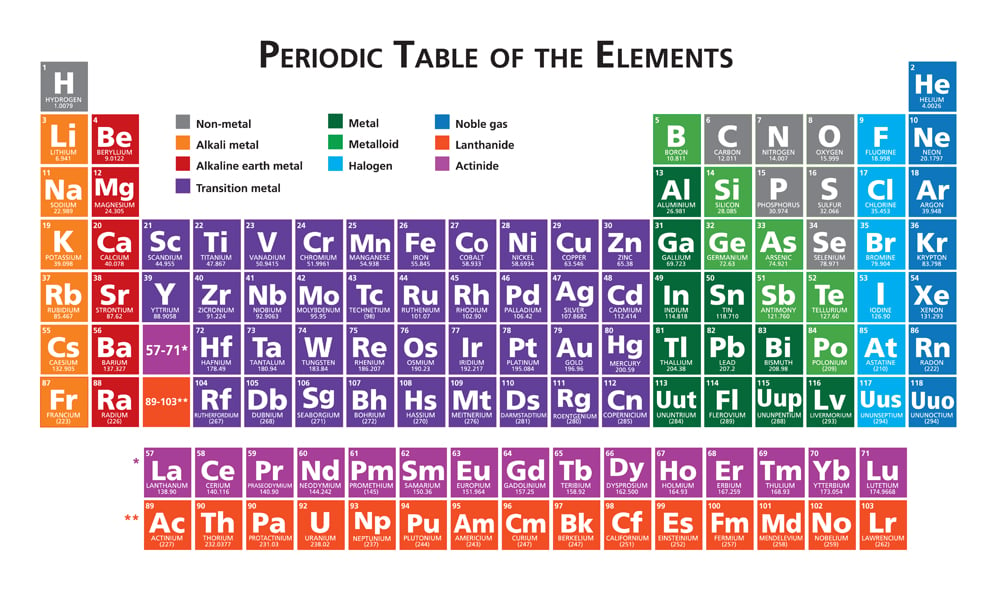
The elements in that lower portion of the Periodic Table (the middle portion of the Periodic Table "blacked out" in the first figure) are known as transition metals. This rule doesn't apply, however, to the Group 1B–8B (also known as Groups 3–12) elements. Our rule for determining the energy level of an element's valence electrons using the element's row in the Periodic Table works for Group 1A–8A elements. You should make note of one final point when it comes to energy levels and how they relate to the Periodic Table. Similarly, Iodine (I) is found in row 5 of the Periodic Table, and its valence electrons are found in the n = 5 energy level. Chlorine (Cl), for instance, is found in row 3 of the Periodic Table, and its valence electrons are found in the n = 3 energy level. Once again, an element's row can be used to determine the energy level of that element's valence electrons. If we write the electron configuration for the Group 1A metal from each row of the Periodic Table, we have:ġ s 2 2 s 2 2 p 6 3 s 1 To understand what this means in terms of an element's electron configuration, let's consider the Group 1A metals. The transition metals and the lanthanides and actinides have been omitted. The figure below shows how the different rows in the Periodic Table are numbered. Rows Across on the PT are Consistent With the Energy Level in An Atom įirst, let's try to figure out what we can learn from an element's row or period in the Periodic Table. Explain why there are only two elements in the first row of the Periodic Table.Relate an element's position in the Periodic Table to the sublevel of its highest energy valence electrons.Relate an element's position in the Periodic Table to the energy level of its valence electrons (excluding transition metals, lanthanides, and actinides).In this lesson, we'll take a close look at how the Periodic Table relates to the electron configurations.

Furthermore, an element's position on the Periodic Table tells you the sublevel of the element's highest energy valence electrons. In fact, if you can locate an element on the Periodic Table, you can use the element's position to figure out the energy level of the element's valence electrons. With what we have already discussed, you might realize that just as electron configurations can be used to explain the shape and organization of the Periodic Table, the shape and organization of the Periodic Table can, in turn, be used to predict electron configurations.

2 Rows Across on the PT are Consistent With the Energy Level in An Atom.


 0 kommentar(er)
0 kommentar(er)
